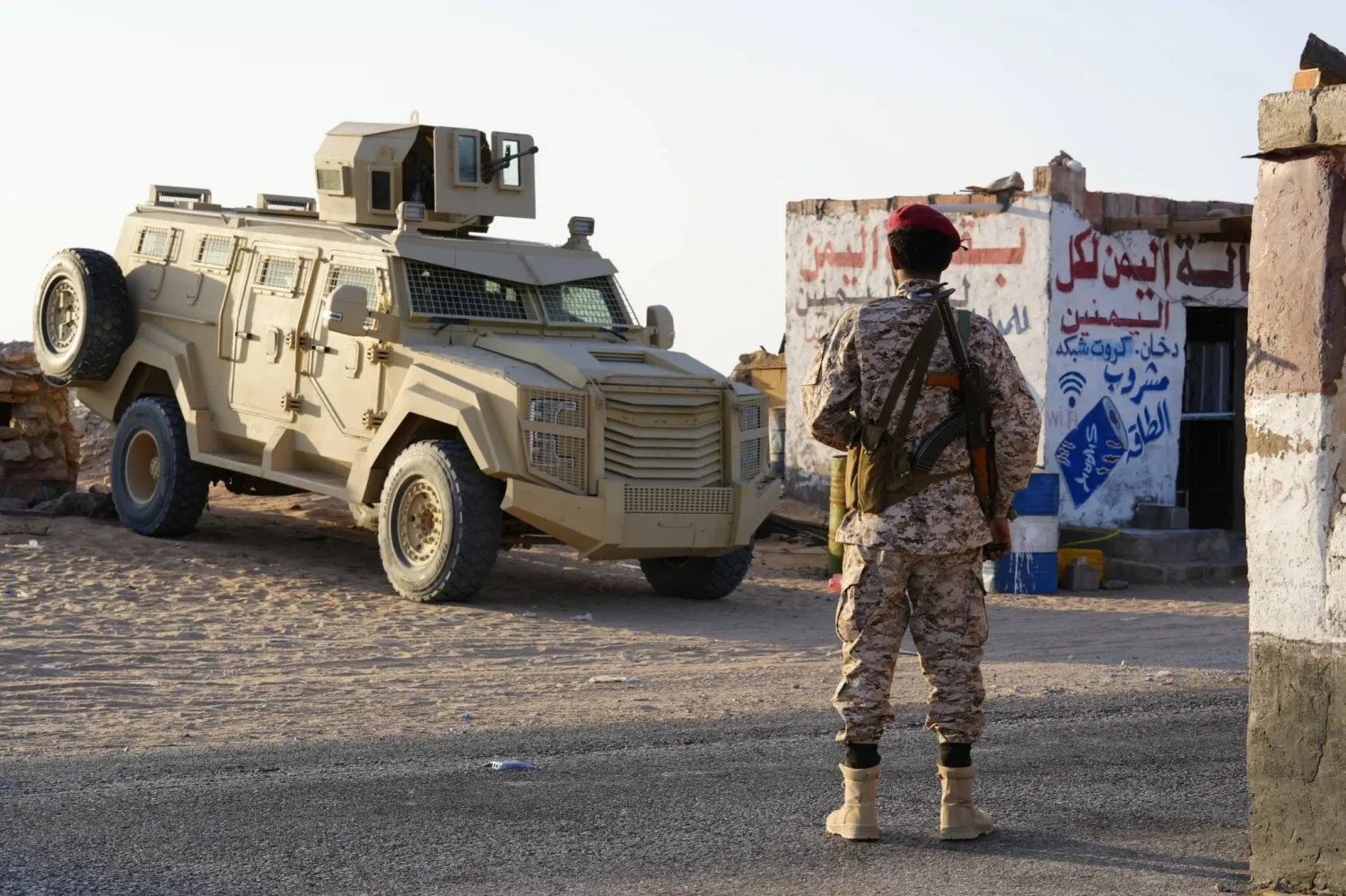The Israeli army is maintaining its scorched earth strategy in southern Lebanon, destroying more border villages as it pushes toward the town of Bint Jbeil.
Meanwhile, Hezbollah has increased its drone and missile attacks, although the number of short-range rockets launched by the group has decreased recently.
Hezbollah had initially targeted Israeli military sites and settlements near the border using short-range rockets like Katyushas, which it is believed to have thousands of.
However, after these areas were evacuated due to Israel’s ground offensive, Hezbollah moved deeper into Lebanon, switching to medium-range missiles that hit deeper into Israel, including cities like Acre, Haifa, and even Tel Aviv.
Hezbollah Targets Naval Base and Airport Near Haifa
Hezbollah has continued its missile and drone strikes against northern Israel, with the daily number of rockets now around 120-150, down from over 300 in August.
On Friday, Hezbollah claimed responsibility for two attacks on an Israeli naval base and a military airport near Haifa, marking the second strike in less than 24 hours. These missile attacks also disrupted a soccer match in Kfar Saba, forcing players to flee when air raid sirens went off.
The group stated it targeted a naval base northwest of Haifa and a military base and airport southeast of the city with precision strikes.
In the afternoon, the Israeli military reported five rockets launched from Lebanon, some of which were intercepted.
One missile hit a home in western Galilee. Sirens were heard in Tel Aviv, Upper Galilee, and Haifa Bay, and drones were reported near Upper Galilee. Later, Hezbollah confirmed an attack on an airbase south of Tel Aviv.
Hezbollah Conserves Missiles, Relies More on Drones
Riad Kahwaji, head of the Middle East and Gulf Center for Military Analysis, said Hezbollah is conserving its missiles to sustain the war effort, particularly if the conflict lasts longer.
He told Asharq Al-Awsat that he expects further reductions in missile launches due to the depletion of Hezbollah’s missile stocks and limited ability to resupply them. Hezbollah is now relying more on drones, which are harder to intercept and can fly at lower altitudes, making them more effective.
Israeli Army Destroys Hezbollah Training Facility Near UNIFIL Base
After several Israeli strikes on sites linked to the UN peacekeeping force, the Israeli army said it destroyed a Hezbollah training center near a UNIFIL position in southern Lebanon.
The center was located about 200 meters from the UN base, and Israeli forces seized weapons and documents from the site.
The building was used for training and storing weapons, including rocket launchers aimed at Israeli civilian areas. The Israeli military also found documents detailing Hezbollah’s operations before demolishing the building.
Israel Continues Scorched Earth Tactics in Southern Lebanon
The Israeli military continued its scorched earth strategy on Friday, blowing up homes in three towns near Bint Jbeil.
According to Lebanon’s National News Agency, explosions targeted residential buildings in Yaroun, Aytaroun, and Maroun al-Ras.
The agency also reported an Israeli airstrike on the nearby city of Bint Jbeil, which holds special significance for Hezbollah, as its former leader, Hassan Nasrallah, delivered his “Liberation” speech there in 2000 after Israel withdrew from southern Lebanon.
Israeli forces have been trying to advance in the Bint Jbeil area as part of a ground offensive in southern Lebanon that began on September 30.
Clashes also occurred on the Adaisseh front on Friday. Hezbollah confirmed it targeted Israeli troops at two locations with missile strikes.
In recent weeks, several towns in southern Lebanon have been hit by explosions, with Israel regularly claiming to have destroyed Hezbollah tunnels, infrastructure, and weapon storage sites.
The National News Agency reported that at least seven border villages have been targeted, including the town of Mhaibib, near Mais al-Jabal.









